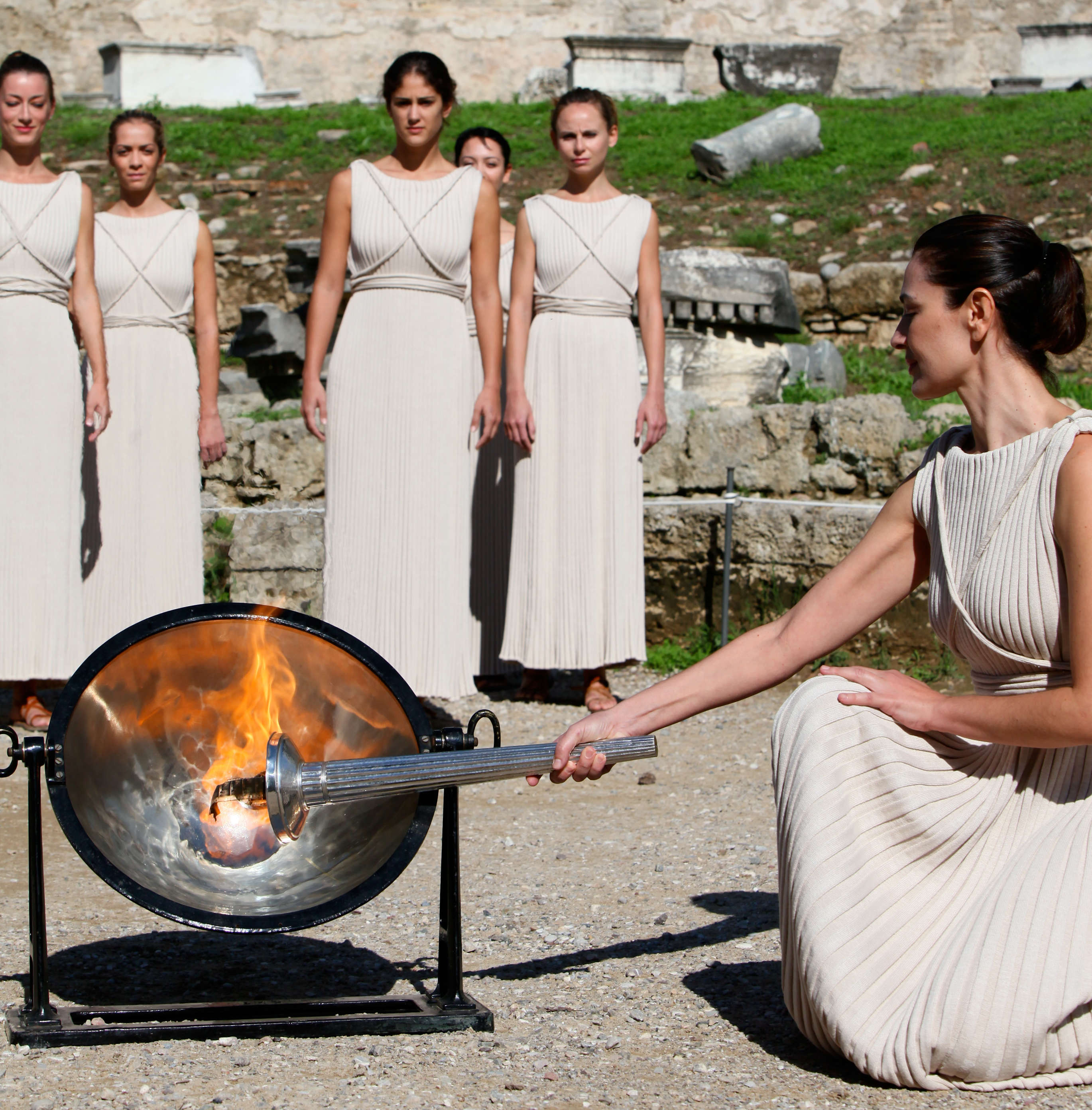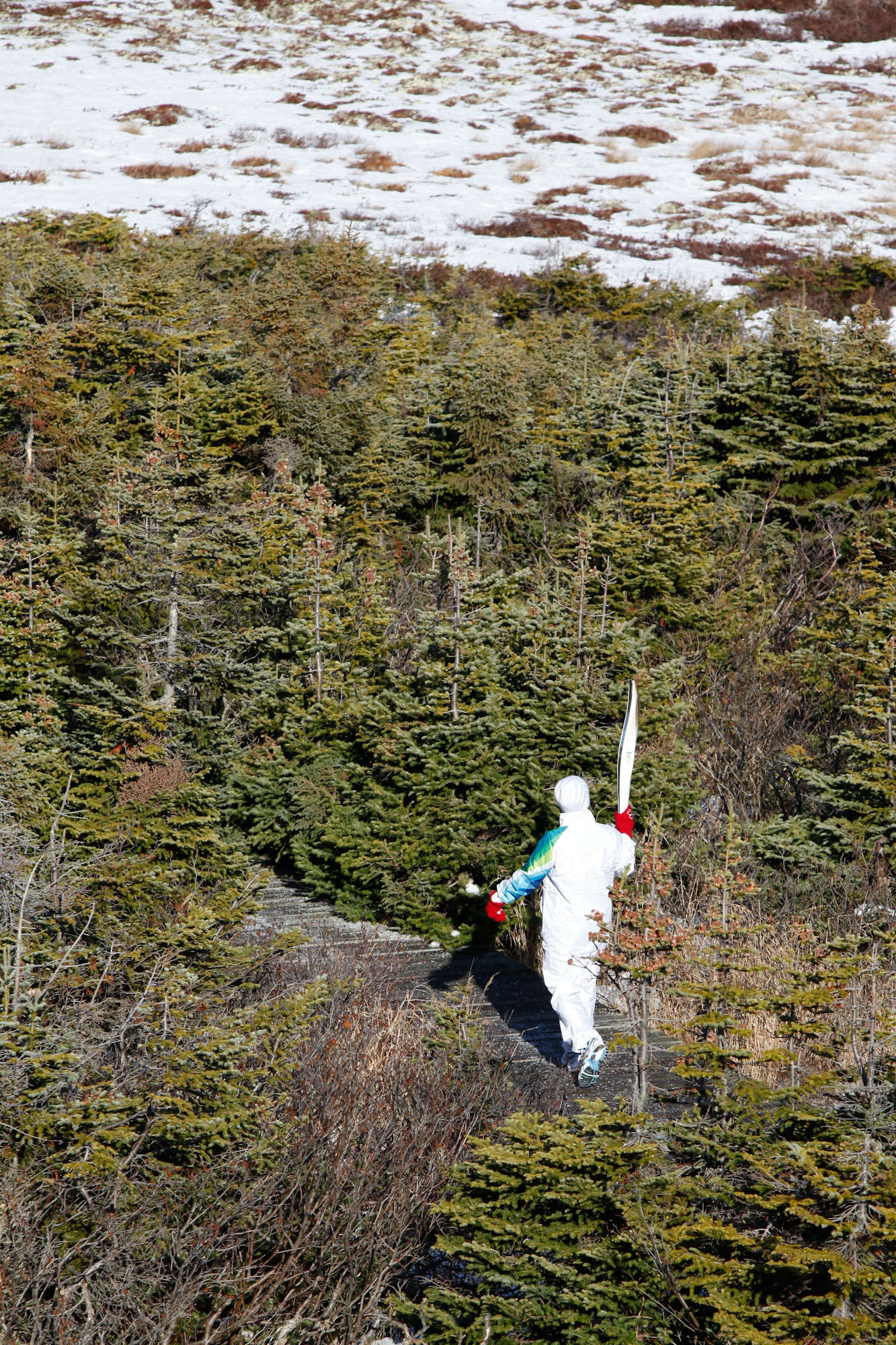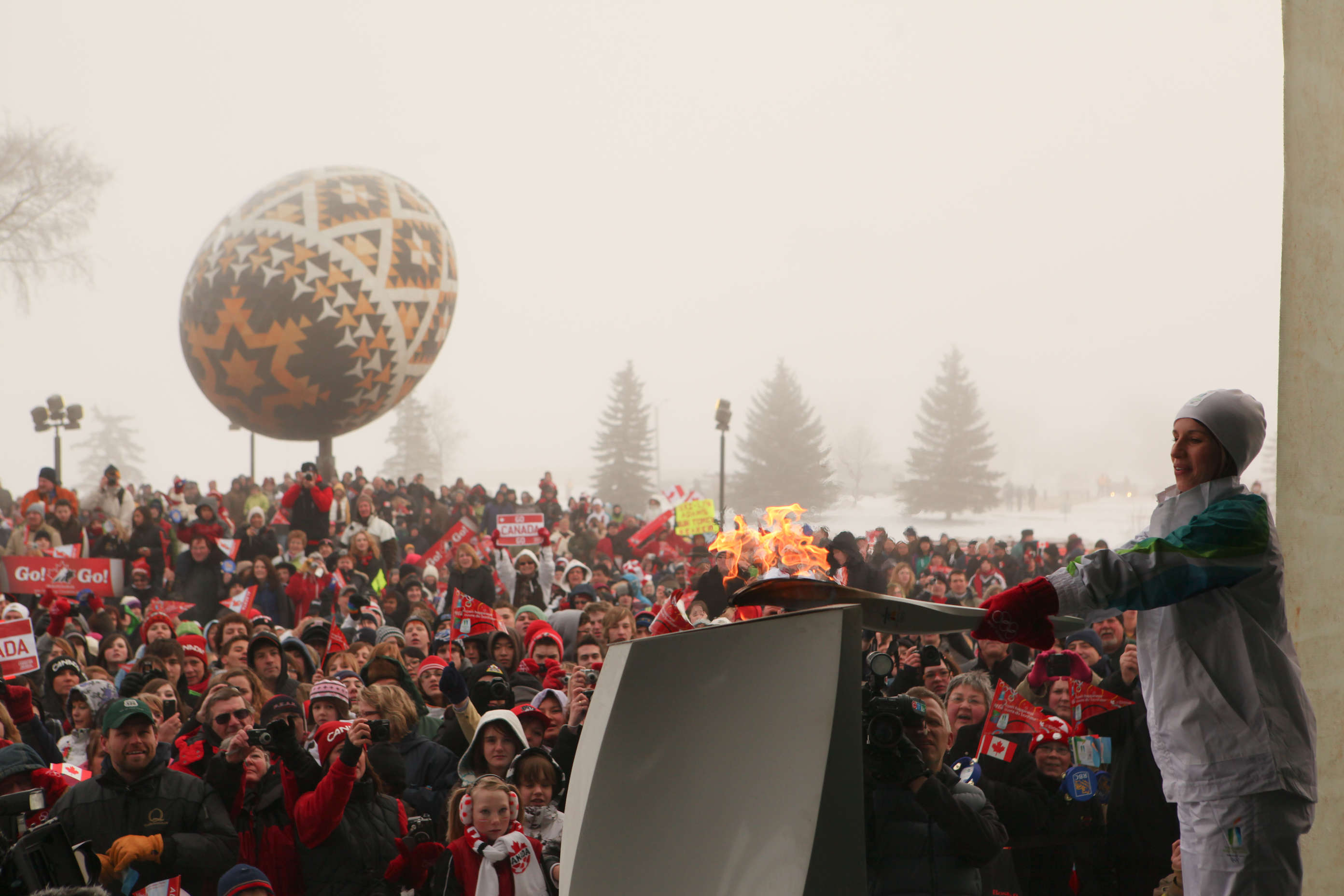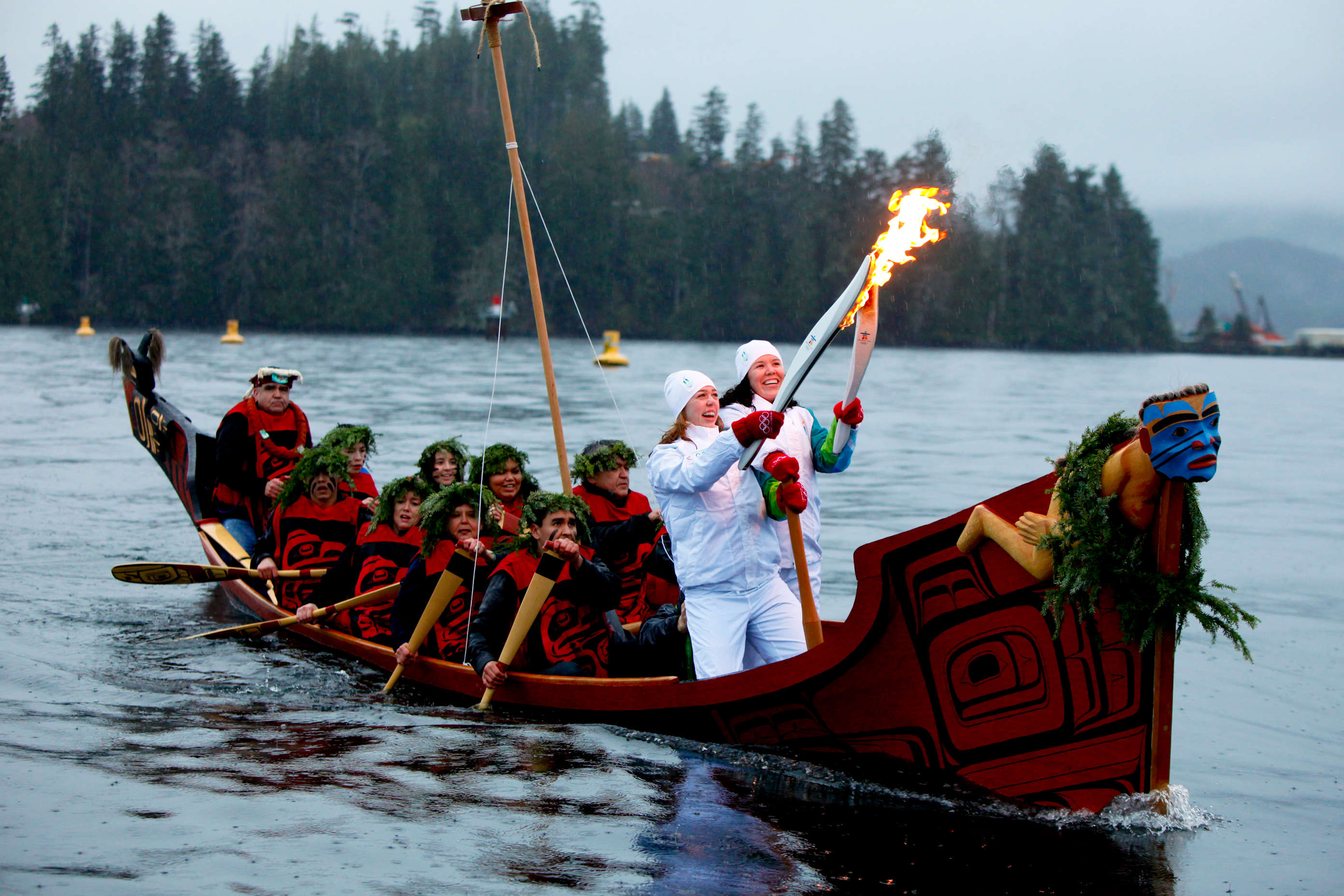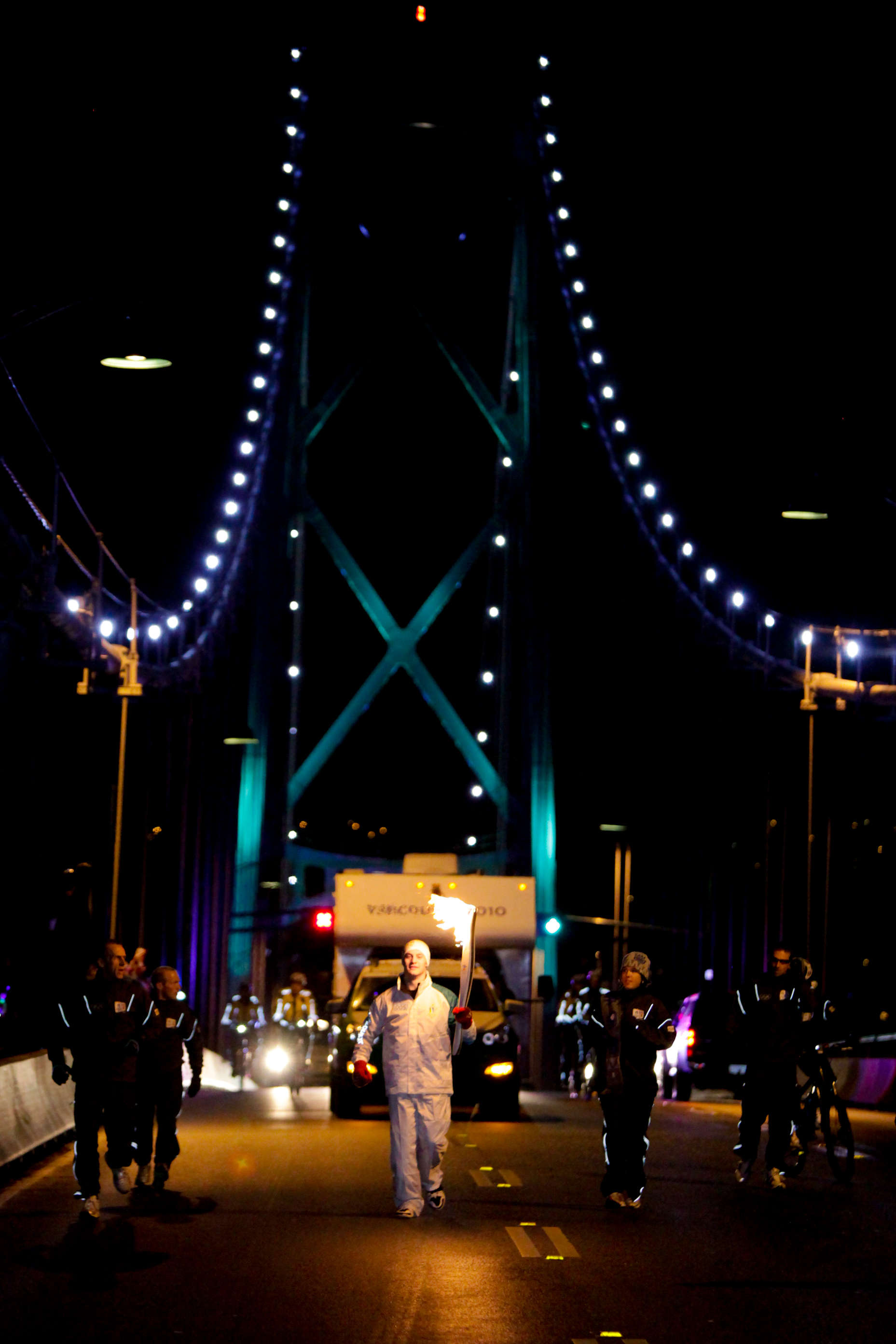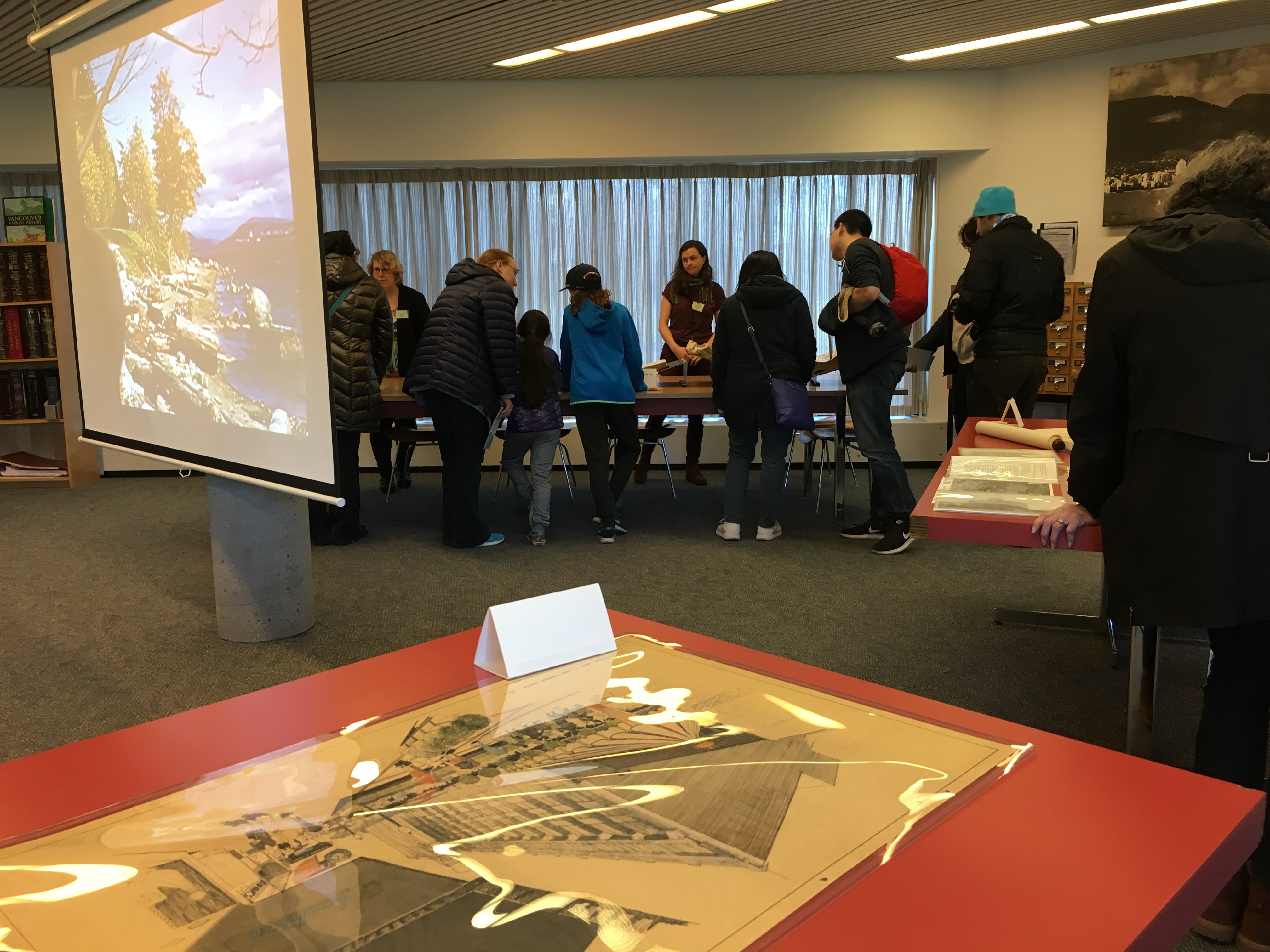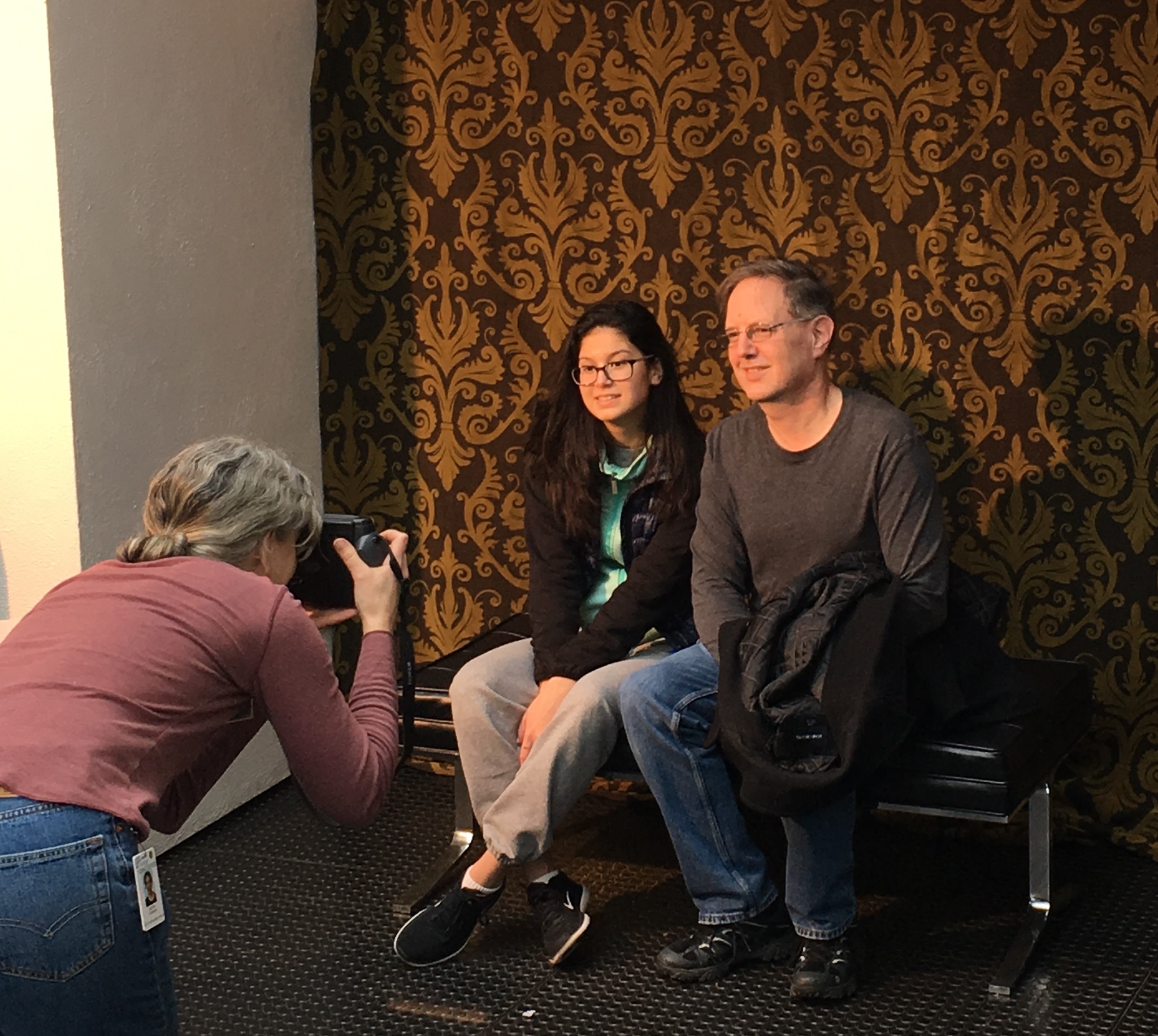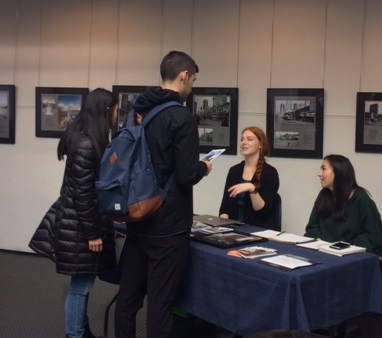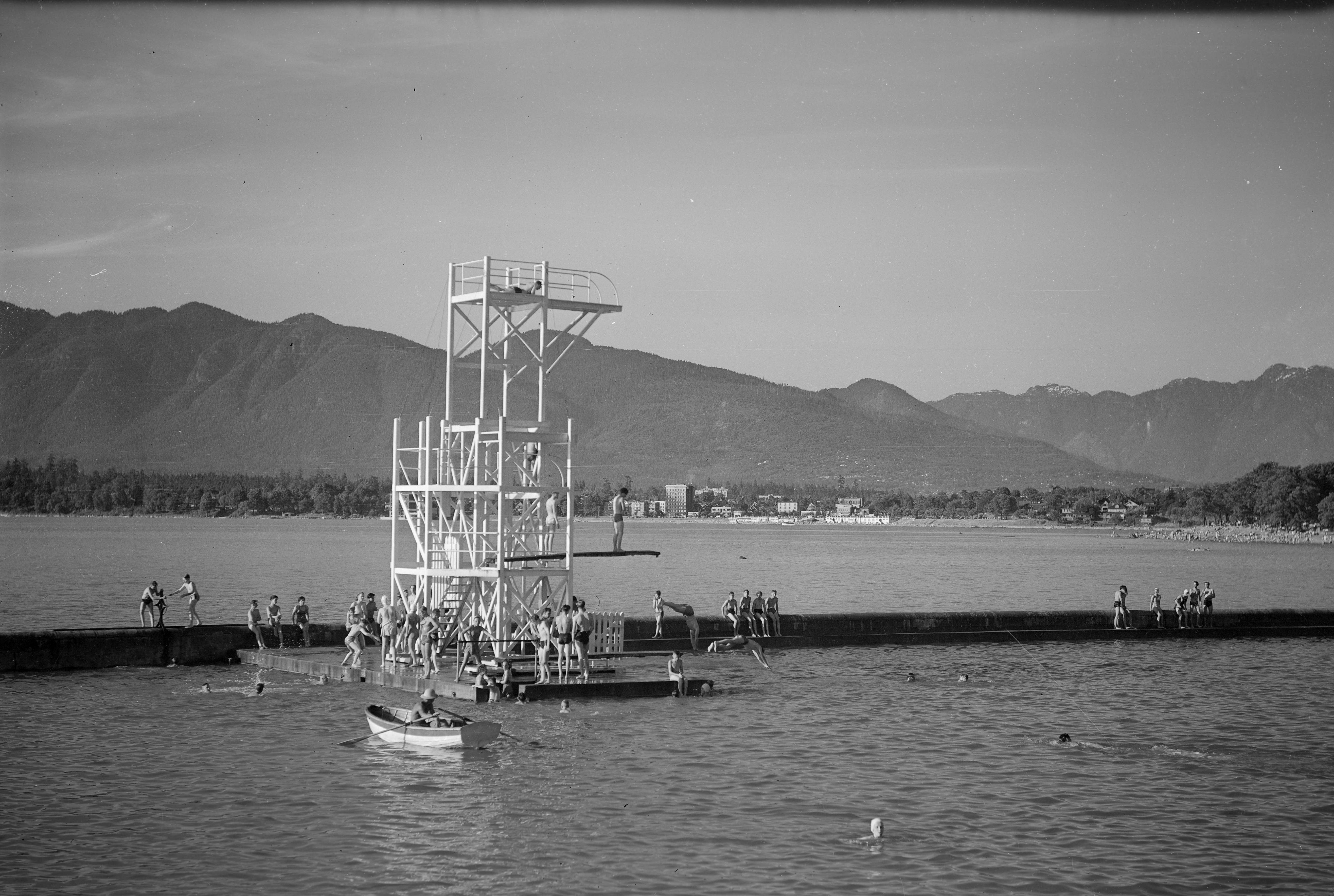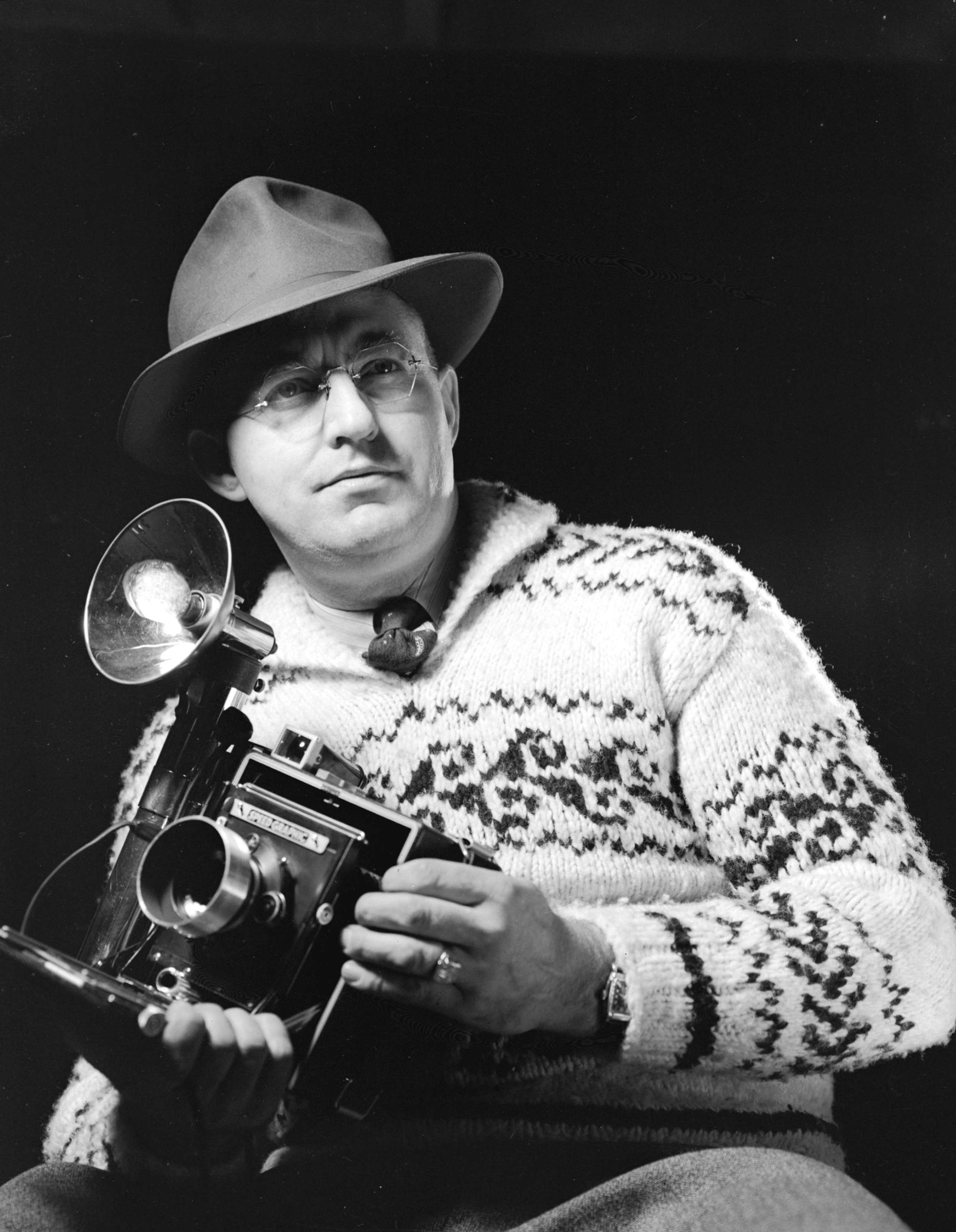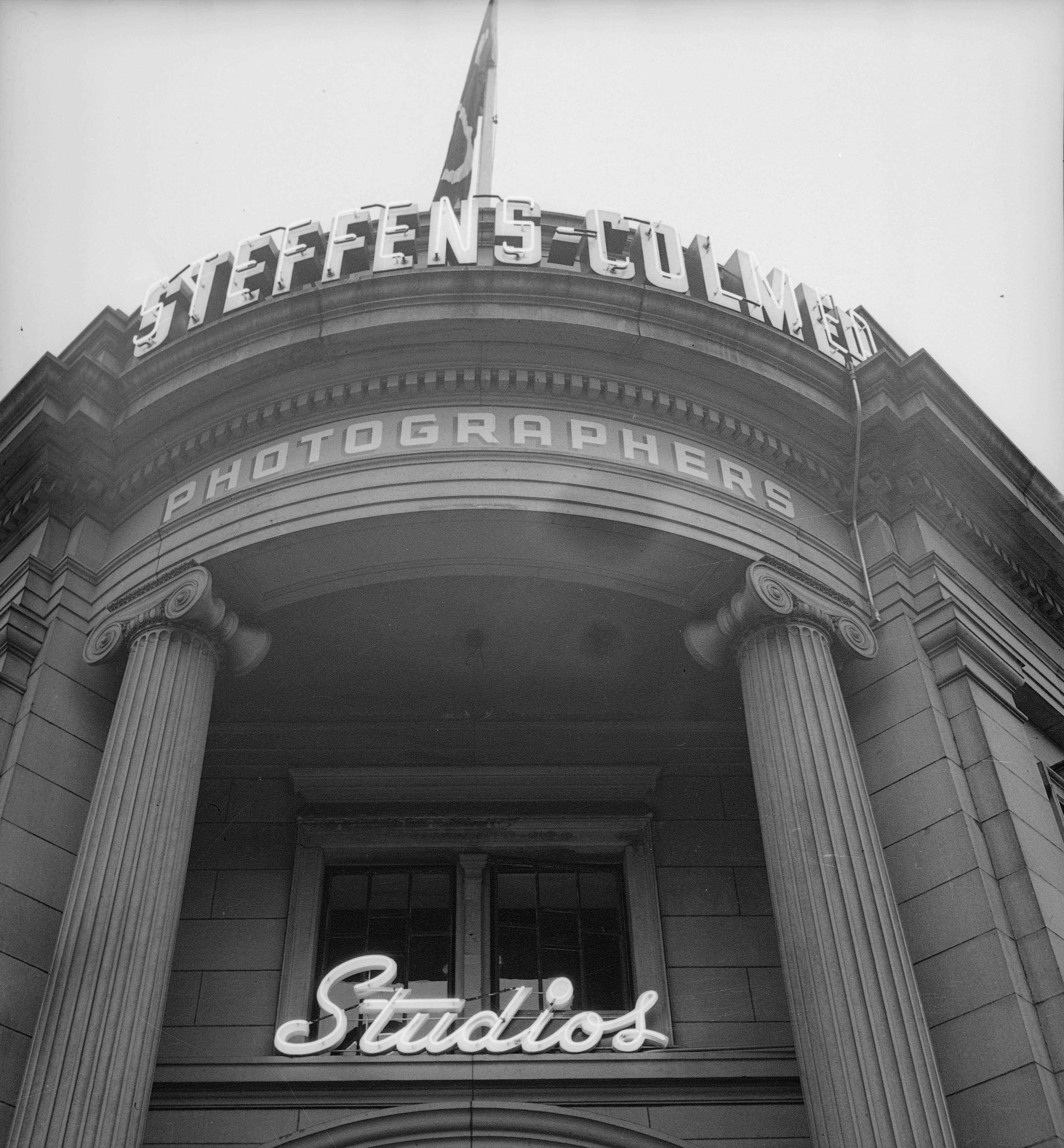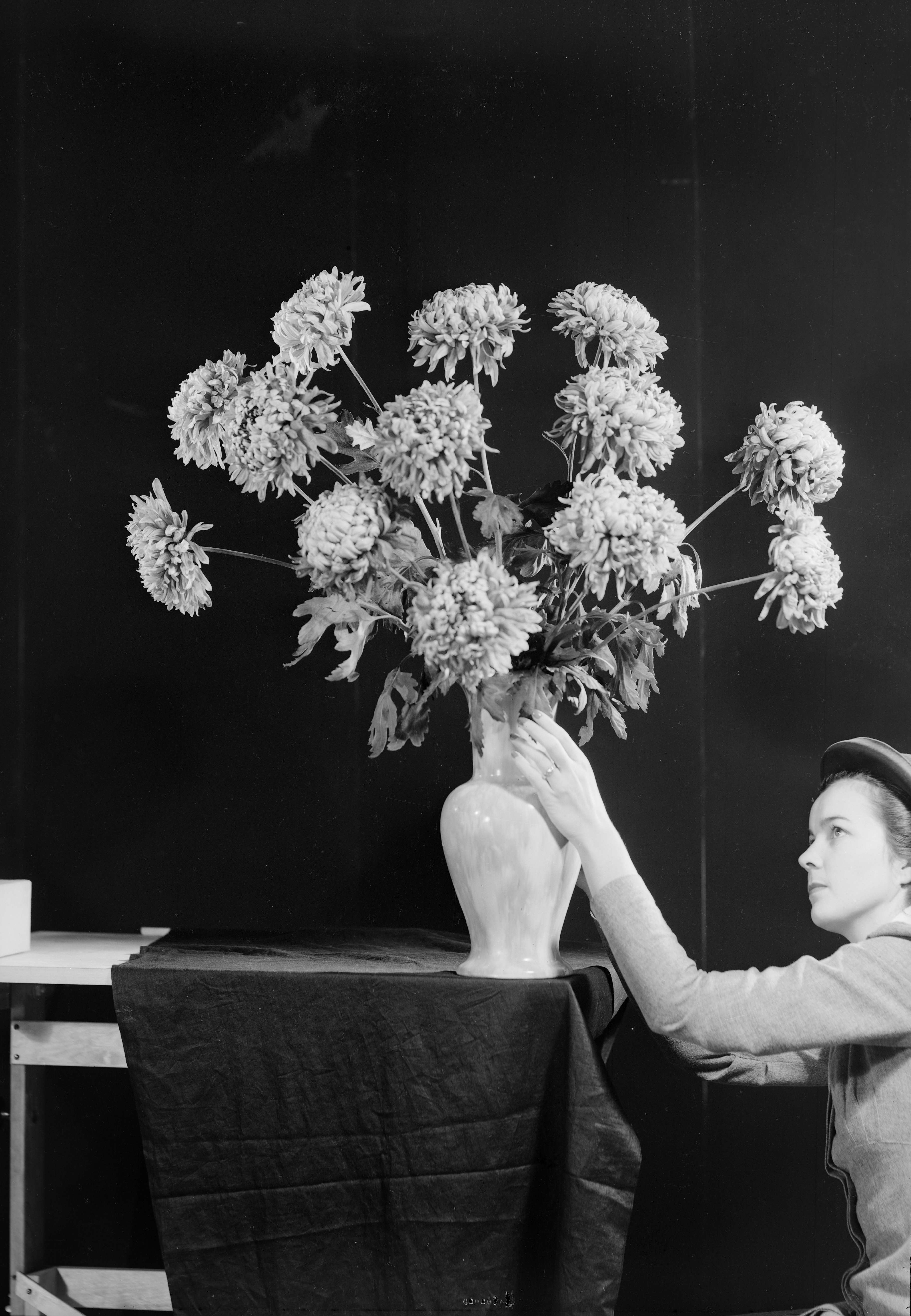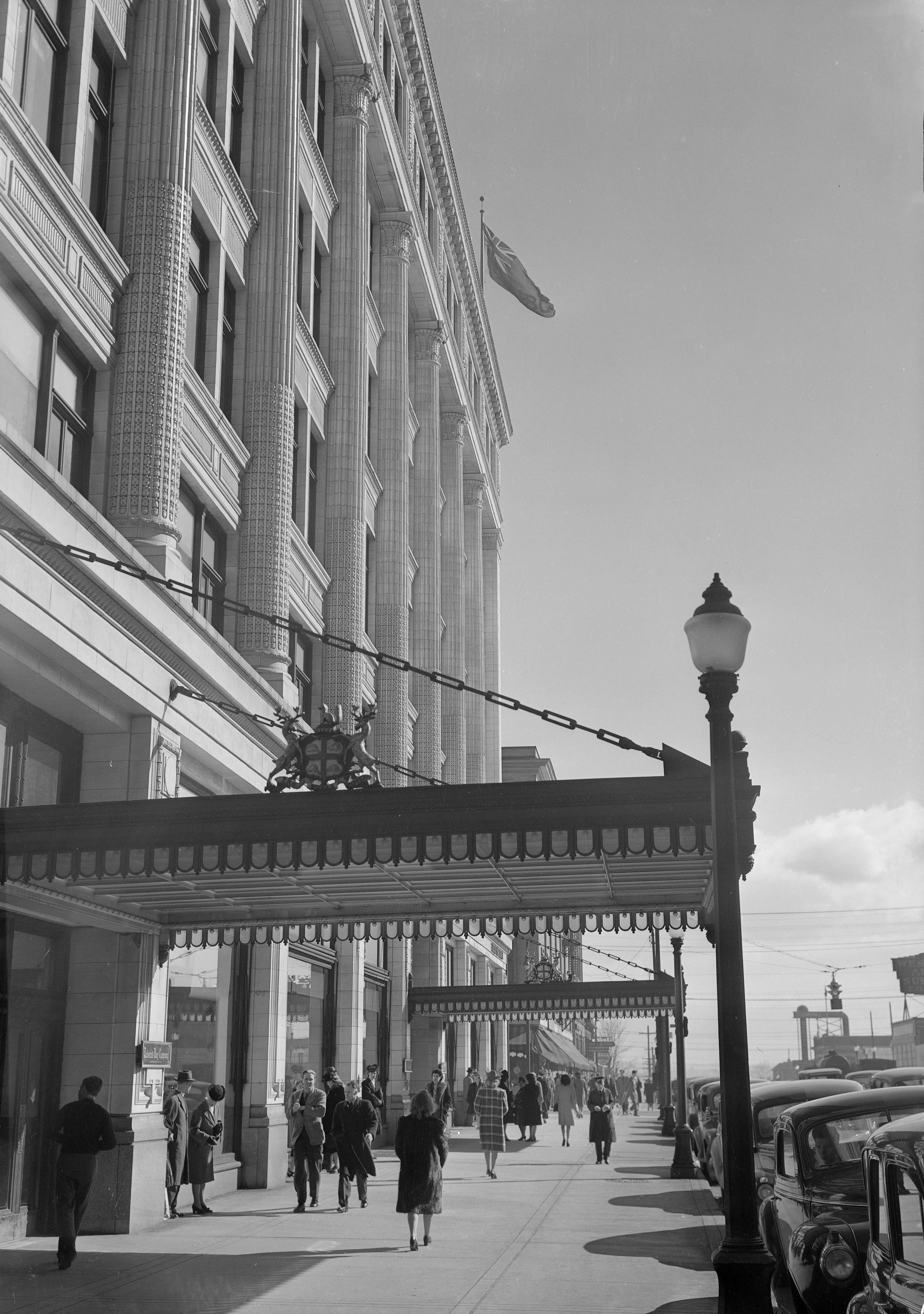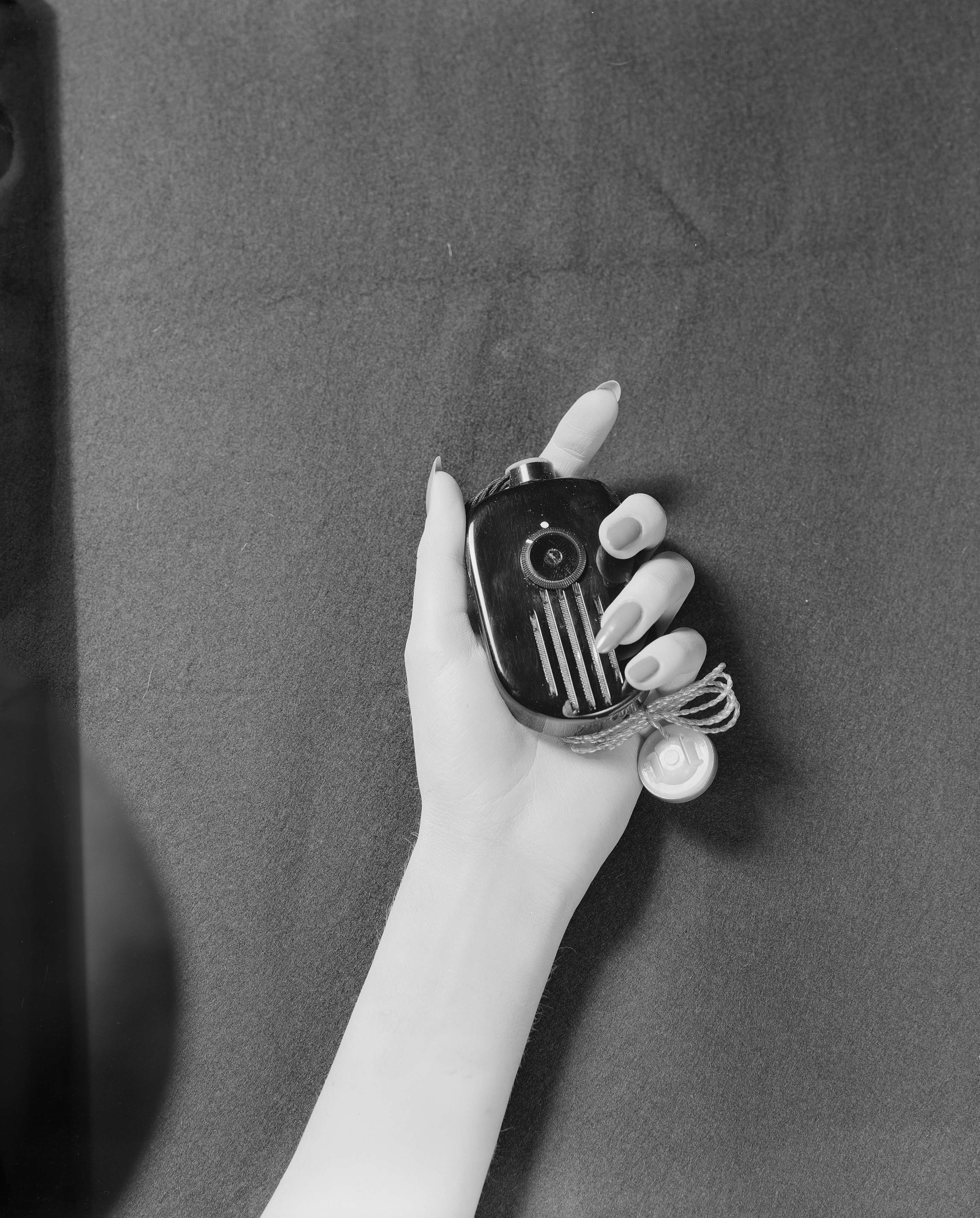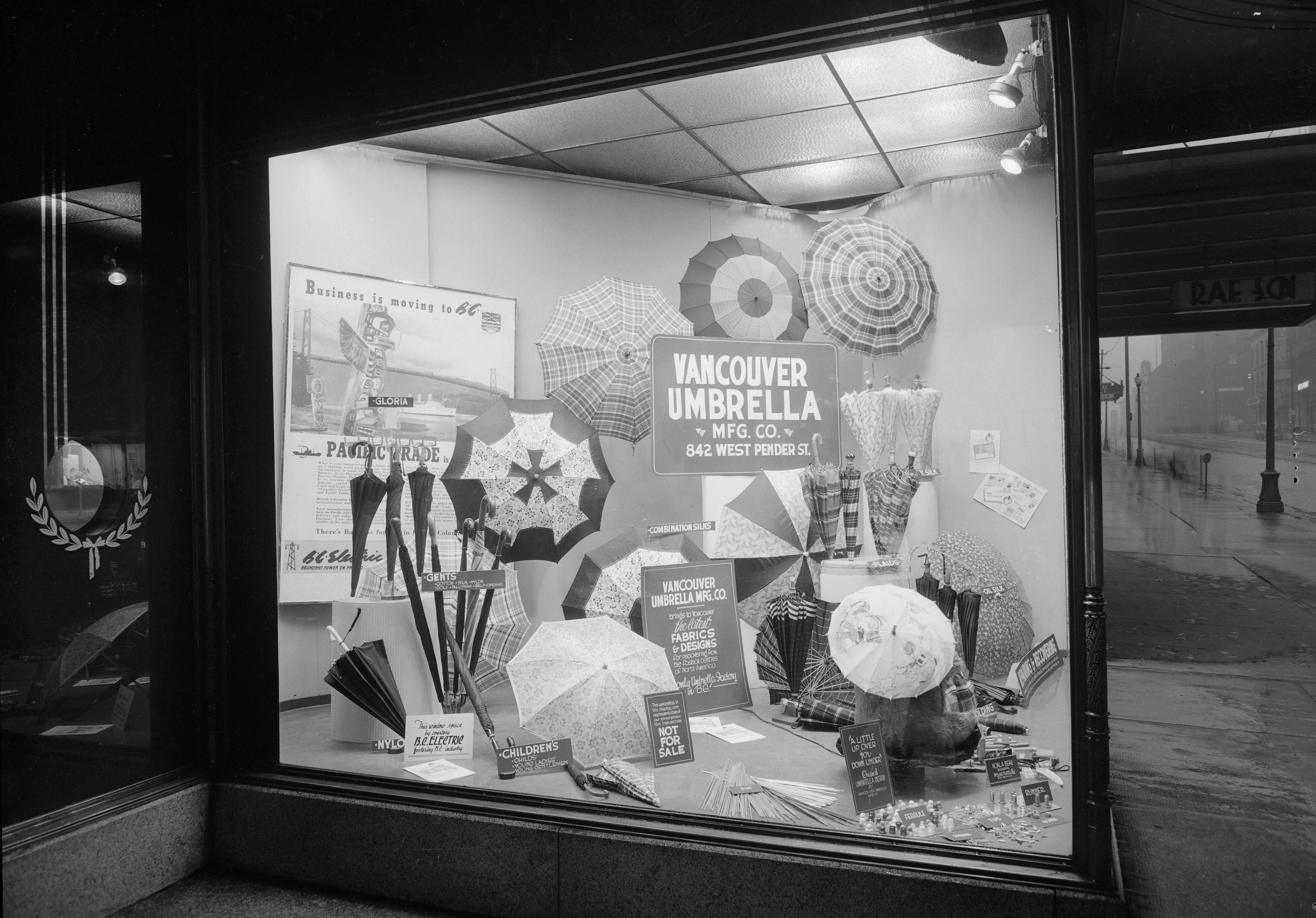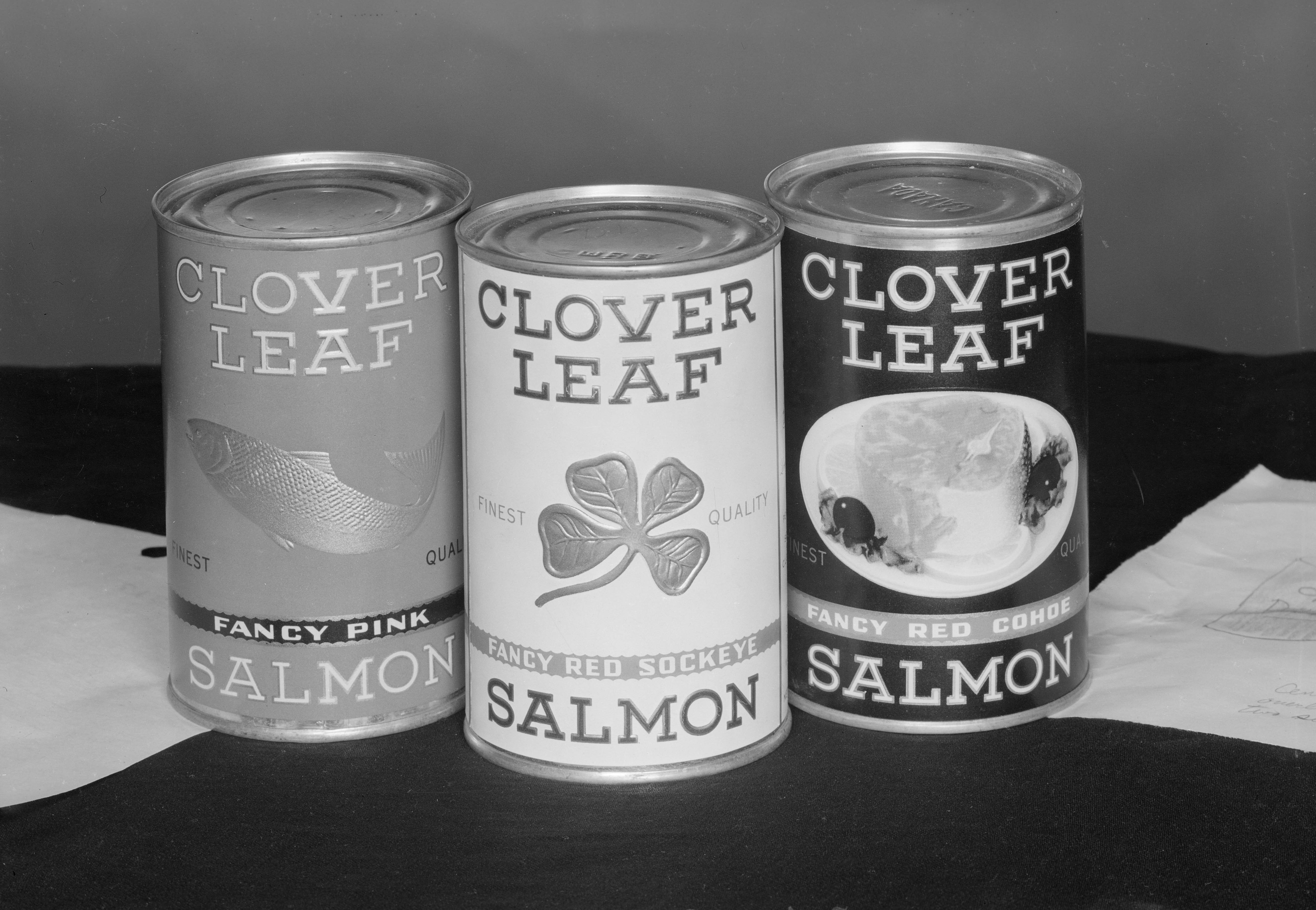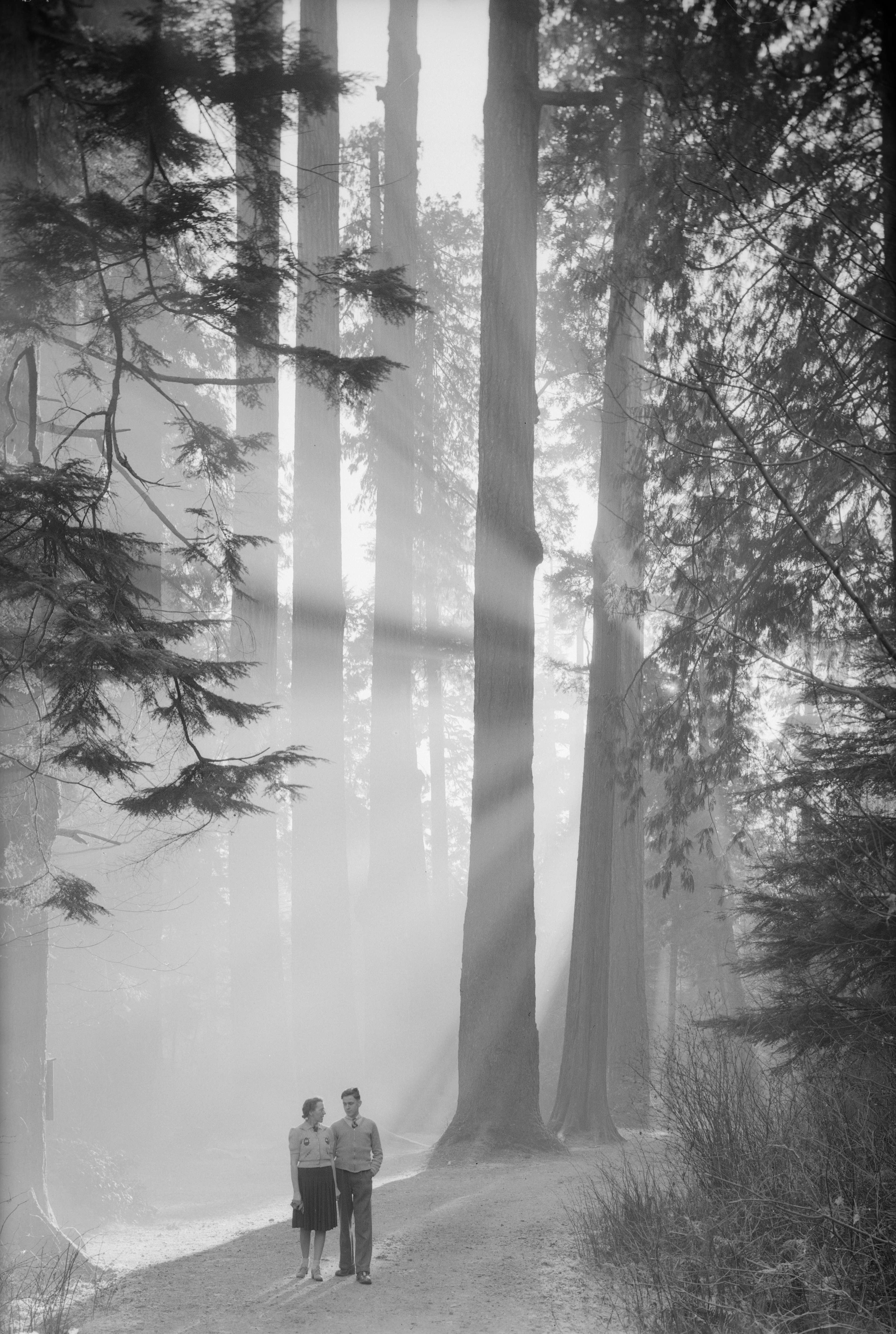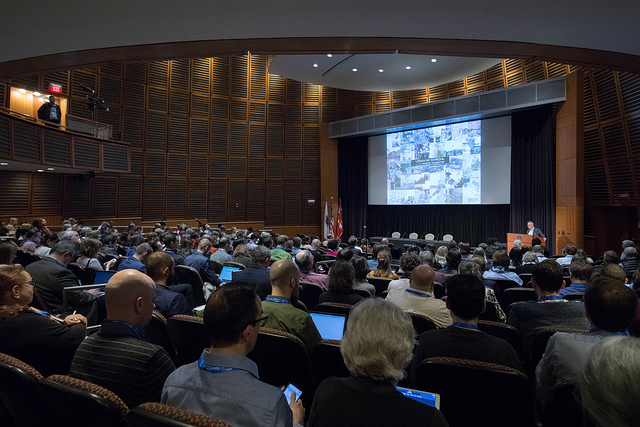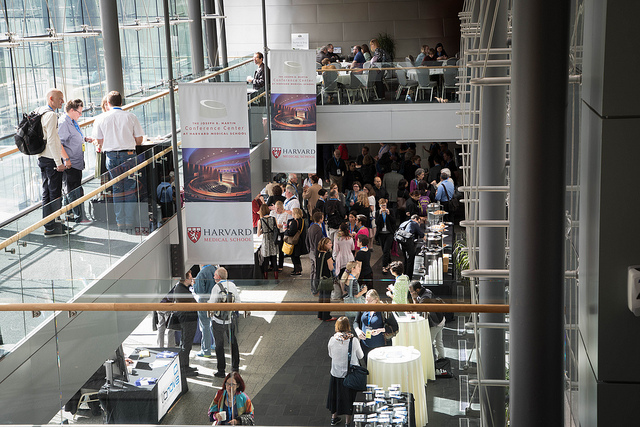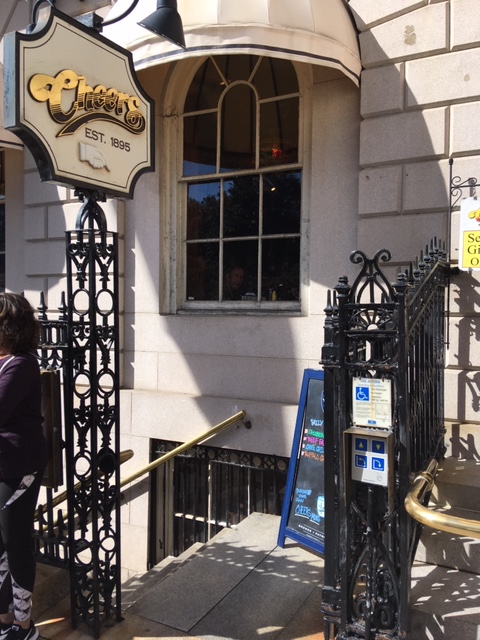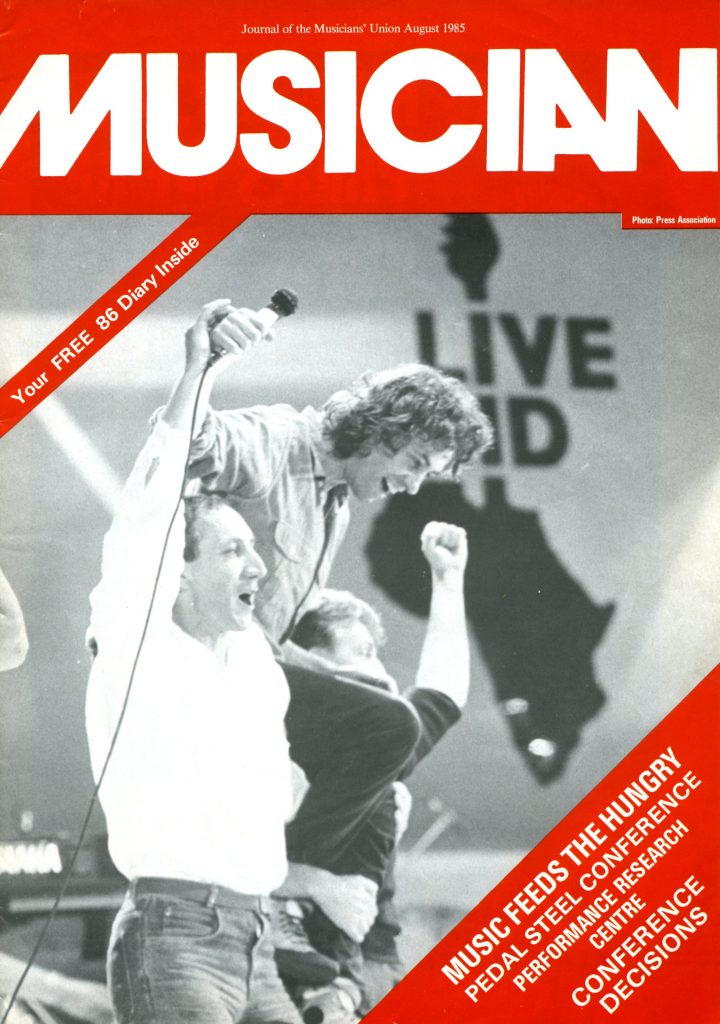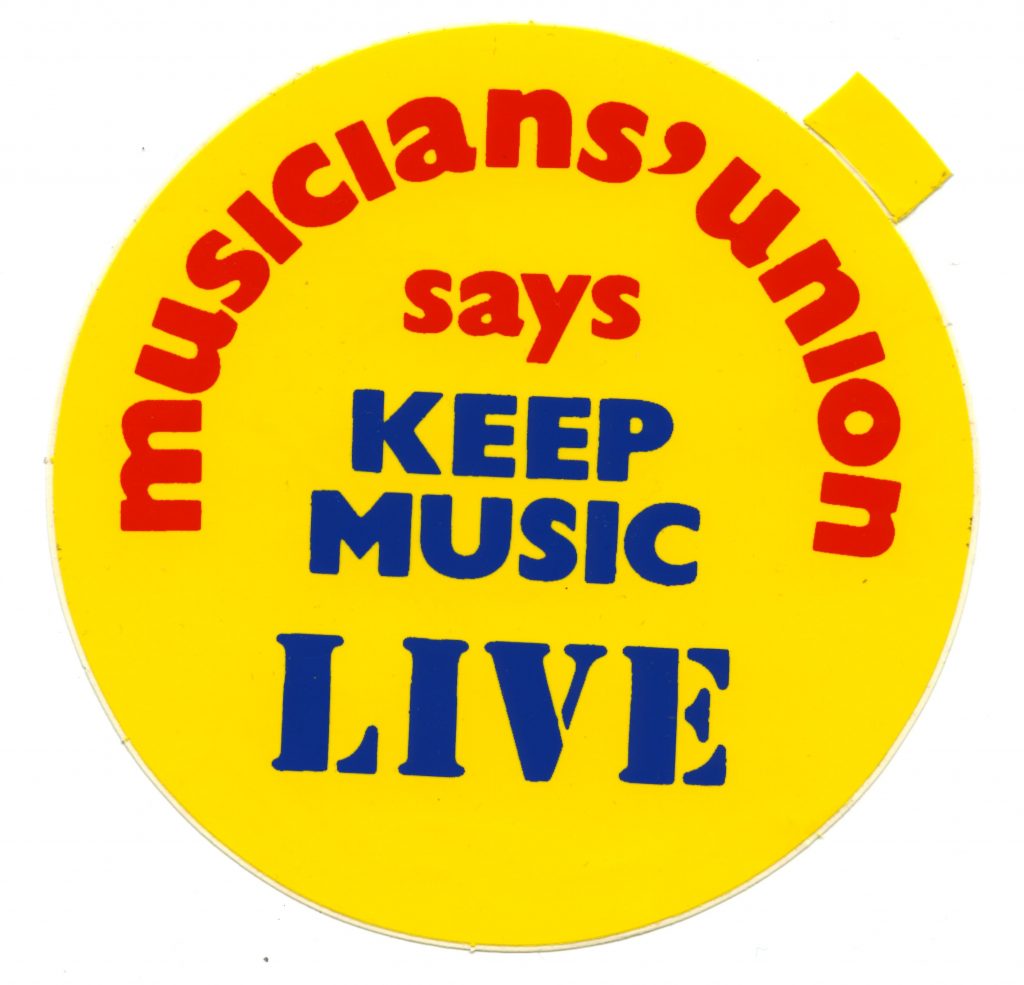WNYC was one of the earliest broadcasters of a regularly scheduled program aimed at African-Americans. Every Wednesday between November 20, 1929 and July 16, 1930 the station opened its schedule to the National Association for the Advancement of Colored People (NAACP) for talks by black leaders on a variety of topics focusing on African-Americans and their views on race relations, women, workers, entertainment, politics, literature, and the economy. Probably the best-known speakers were W.E.B Dubois, A. Philip Randolph, and James Weldon Johnson.
It seems to be generally acknowledged that the premiere of the The All-Negro Hour on Chicago’s WSBC on November 3, 1929 was the first weekly variety show featuring African American entertainers. WNYC’s NAACP slot began only two weeks later. Based on newspaper radio listings (in bold), the series included the following talks. I have added biographical information on the speaker where possible. Unfortunately, the audio has not survived.
November 20, 1929 – NAACP Field Secretary, William Pickens
William Pickens, Chief, Negro Organizational Section, War Savings staff, Department of the Treasury, August 1942. (Library of Congress)
William Pickens (1881–1954) was a founding member of the Niagara Movement and the NAACP. The son of South Carolina sharecroppers, he went to Talladega College and graduated Phi Beta Kappa from Yale in 1904. While teaching at Morgan College in Kentucky, he helped organize the Louisville branch of the NAACP and prepare the case Buchannan v. Warley, concerning residential segregation. He left academia in 1920 to succeed James Weldon Johnson as NAACP field secretary. During his time at the NAACP (1920–1942) the number of branches grew to more than 350.
Labor and civil rights leader A. Philip Randolph in 1963. (NYWTS Collection Library of Congress)
November 27, 1929 – A. Philip Randolph on “The Negro Worker”
Asa Philip Randolph (1889-1979) was a leader in the civil rights movement and the American labor movement. Just four years before this talk on WNYC, Randolph organized the Brotherhood of Sleeping Car Porters, the nation’s first largely African-American labor union. His advocacy and leadership led to President Roosevelt’s 1941 ban of discrimination in defense factories during World War II and President Truman’s 1948 end to segregation in the armed services. In 1963 he headed up the March on Washington organized by Bayard Rustin.
NAACP Director of Branches Robert Bagnall (Library of Congress)
December 4, 1929 – Robert W. Bagnall on “New Aspects of Race Relations”
Robert W. Bagnall (1883–1943), a second generation Episcopal priest, was born in Norfolk, Virginia. Like his father, he attended Bishop Payne Divinity School in nearby Petersburg. In 1911 he became rector of St. Matthew’s Episcopal Church in Detroit. As a founder of the Detroit NAACP he led successful campaigns against school segregation, police brutality, and discrimination at the Ford Motor Company. He was made NAACP district organizer of the Great Lakes region in 1918 and promoted to director of branches in 1919. Bagnall traveled across the country to NAACP branches, raising funds for the national office. Under his leadership, the branch department became the NAACP’s backbone. In 1931 the NAACP dismissed him because of declining revenue. The following year Bagnall returned to the ministry as rector of St. Thomas Episcopal Church in Philadelphia, where he served until his death in 1943.
December 11, 1929 – Mrs. Ruth E. Whaley on “The Negro Woman in Politics” (It should be noted that later that same day WNYC broadcast a Welfare Council panel titled ‘Investigating Lynching’ with the NAACP’s Walter White).
December 18, 1929 – Mrs. Lillian Alexander on “The Negro Woman in American Life”
Lillian A. Alexander was on the New York Board of Directors of the NAACP.
January 8, 1930 – Albon Holsey on “The Negro’s Buying Power”
Albon L. Holsey (1883–1950) joined the staff of Tuskegee Institute in 1914 as an assistant to Booker T. Washington’s secretary Emmett J. Scott. During his thirty-six year tenure at Tuskegee, Holsey worked for Washington’s successors and served as associate editor of the Tuskegee Student. Between 1938 and 1944, Holsey was also on loan from the institute to the U. S. Department of Agriculture, where he was involved with research related to black farmers. Holsey wrote many articles, most related to business topics, and was business manager of Crisis, the official publication of the NAACP, when W. E. B. Du Bois edited the journal.
Elmer A. Carter presents the Springarn Medal to author Richard Wright in 1941.(Library of Congress)
January 15, 1930 – Elmer Carter on “Negro Literature”
Elmer Anderson Carter (1890-1973) was the editor of Opportunity, 1928-1942, a magazine published by the New York Urban League, when he appeared in the WNYC studio. The magazine was a source of new literature by emerging black writers as well as non-fiction pieces on the sociological and economic aspects of the African-American diaspora in America. According to civil rights activist Pauli Murray, Carter was proud of the fact that as a youth in upstate New York he had known the abolitionist Harriet Tubman.
In 1937 New York Governor Herbert Lehman appointed Carter to the Unemployment Insurance Appeal Board. Years later he became the first chairman of the New York State Commission Against Discrimination (the forerunner of the State Division of Human Rights). He was also the first director of the State Human Rights Division until he resigned in 1961. He then served as a special assistant to Governor Nelson A. Rockefeller on race relations.
January 29, 1930 – William Andrews on “The Negro and the Law”
William T. Andrews was a ‘special legal assistant’ at the NAACP in 1930. He would later be a Vice President of the organization.
February 5, 1930 – William Hubert on “Some Trends in Education”
February 12, 1930 – Robert W. Bagnall on “Abraham Lincoln”
For details on Bagnall please see December 4, 1929.
February 19, 1930 – Alene Simpson on “Women and Girls in the Courts”
Rose McClendon as Serena in the original Broadway production of Porgy and Bess (1927),Wikimedia Commons
February 26, 1930 – Rose McClendon on “The Negro and the Stage”
Rose McClendon (1884–1936) was a leading African-American stage actress in the 1920s. Her first notable role came in Deep River in 1926. In addition to acting, she also directed several plays at the Harlem Experimental Theatre. She appeared in the 1927 Pulitzer Prize-winning play In Abraham’s Bosom by Paul Green. In 1931 she was in another Paul Green play on Broadway, The House of Connelly, the first production by the Group Theatre, directed by Lee Strasberg. McClendon founded the Negro People’s Theatre and guided the creation of the WPA Federal Theater’s African-American units nationally and briefly co-directed the New York Negro Theater Unit.
March 5, 1930 – Thomas Moseley on “The Negro on the Stage”
Thomas W. Moseley (1878-1971) was an actor and director who played a leading role in Paul Green’s In Abraham’s Bosom, which won the Pulitzer Prize for drama in 1926. In 1931 he appeared in the movie Hell’s Alley. Moseley also served as the executive secretary of the Negro Actors Guild. He appeared in such theater productions as Stevedore, Turpentine, The House of Shadows, The Tree and a musical, Brown Buddies, featuring Bill (Bojangles) Robinson. During World War II he managed a USO troupe touring the European and Pacific theaters.
Percy Verwayne (Sporting Life), Frank H. Wilson (Porgy) and Evelyn Ellis (Bess) in the original Broadway production of Porgy (1927)(Florence Vandamm/Wikimedia Commons)
March 12, 1930 – Frank Wilson on “The Negro on the Stage”
Frank Henry Wilson (1886–1956) was a Broadway actor who also appeared in films. He began his career in vaudeville and appeared in many plays, including the original 1927 version of Porgy and Bess with Rose McClendon and Evelyn Ellis. In 1922, he had a major role in Eugene O’Neill’s play All God’s Chillun Got Wings and a revival of O’Neill’s The Emperor Jones in 1925. Wilson made his film debut in 1932 and later performed in films with stage origins: The Emperor Jones (1933) and Warner Bros.’ Green Pastures (1936) and Watch on the Rhine (1943).
March 19, 1930 – Mrs. Roscoe Bruce – Unemployment
(WNYC Archive Collections)
March 26, 1930 – Mrs. Cecelia Saunders on “The Negro Woman in Harlem”
Cecelia Cabaniss Saunders was the General Secretary of the YWCA. After graduating from Fisk University in Nashville, Saunders taught school in rural Alabama before coming to New York City to take up social work. At the time of her appearance in the WNYC studio she had been with the Harlem-based YWCA for 16 years and oversaw the group’s significant growth.
April 2, 1930 – Mrs. Roscoe Bruce on “Unemployment”
April 9, 1930 – Robert Bagnall on “The Negro in Politics”
For details on Bagnall please see December 4, 1929
April 16, 1930 – Thomas Moseley on “The Negro on the Stage”
Please see the March 5, 1930 entry above for Thomas W. Moseley.
April 23, 1930 – NY State Assemblyman Ellis Rivers on “Negro Legislators, Past, and Present”
Francis Ellis Rivers (1893-1975) received his B.A. from Yale and served in France during World War I. He graduated from Columbia University Law School in 1922. In 1929 he was elected to the New York State Assembly, where he introduced a bill to aid tenants and to set up a tenth Municipal Court district in Manhattan covering Harlem. In 1937 he was appointed an Assistant District Attorney in Manhattan and then a judge. He is noted for breaking the color bar at the New York State Bar Association.
April 30, 1930 – James Thomas on “The Negro and the Courts”
May 7, 1930 – James W. Johnson on “The Negro in Politics”
James Weldon Johnson, December 1932. (Carl Van Vecten/Library of Congress)
James Weldon Johnson (1871–1938) was born into a middle-class Bahamian family in Jacksonville, Florida, and educated at Atlanta University. He began his multifaceted career in Jacksonville as a public school principal, lawyer, and newspaper publisher. In 1901 he moved to New York to become the songwriting partner of his brother J. Rosamond Johnson (1873–1954). From 1906 to 1912, he served as U.S. Consul to Venezuela and Nicaragua on the recommendation of Booker T. Washington, and in 1914 he became an editor of Washington’s New York Age. His association with the NAACP began in 1916 and lasted until 1931. As field secretary, Johnson organized new NAACP branches across the South. His hiring as secretary in 1920 signaled the rise of black leadership in the NAACP. Johnson resigned in 1931 to teach creative writing at Fisk University.
Dr. May Edward Chinn examining a young patient, 1930. (National Institute of Health)
May 14, 1930 – Dr. May Chinn on “The Negro in Science”
May Edward Chinn (1896-1980) was the first African American woman to graduate (1926) from the University and Bellevue Hospital Medical College. She practiced medicine in Harlem for fifty years and was a tireless advocate for poor patients with advanced, often previously untreated diseases. Chinn became a staunch supporter of new methods to detect cancer in its earliest stages.
NAACP co-founder, scholar and activist Dr. W.E.B. Dubois in 1918. (Library of Congress)
May 21, 1930 – W.E.B. DuBois on “The Negro Vote”
William Edward Burghardt Du Bois (1868-1963) was a sociologist, historian, civil rights activist, Pan-Africanist, author, writer and editor. He taught history, sociology and economics at Atlanta University, and was one of the founders of the NAACP in 1909. Du Bois had risen to national prominence as the leader of the Niagara Movement, a group of African-American activists who wanted equal rights for blacks.
May 28, 1930 – Franklin Nichols on “Social Hygiene”
Frank C. Nichols of the American Social Hygiene Association of New York City.
June 4, 1930 – William M. Kelley on “Negro Journalism”
William M. Kelley (1894-1958) was the Editor-in-Chief of The New York Amsterdam News from 1922-1933. He is noted for transforming the paper from a society sheet to a real newspaper during this critical period, known as the Harlem Renaissance. Kelley had previously worked on Chicago’s Champion Magazine and his own New York-based Kelley’s Magazine, where he published the Harlem poets Countee Cullen, Langston Hughes, and Claude McKay.
June 11, 1930 – The program is pre-empted by City Hall reception for President-elect of Brazil
June 18, 1930 – Herbert Seligmann – “A Race Relations Conference”
Herbert J. Seligmann (1891-1984) was the NAACP’s first full-time publicity director, serving the organization in that capacity from 1919-1932. Seligmann had been a journalist and civil rights activist. His first book, published shortly after joining the NAACP, was The Negro Faces America, a progressive analysis of race relations in the United States. The talk he gave over WNYC in 1930 was in reference to the NAACP’s twenty-first annual conference in Springfield, Massachusetts.
June 25, 1930 – Rev. Emanuel Bolden on “The Rule of Justice in Human Society”
July 1, 1930 – Interracial Race Relations – Field Secretary
July 9, 1930- Charles Allison on “The Negro and Crime”
July 16, 1930 – William Andrews on “The Negro as a Social Unit in New York”
William T. Andrews was a ‘special legal assistant’ at the NAACP in 1930. He would later be a Vice President of the organization.






















